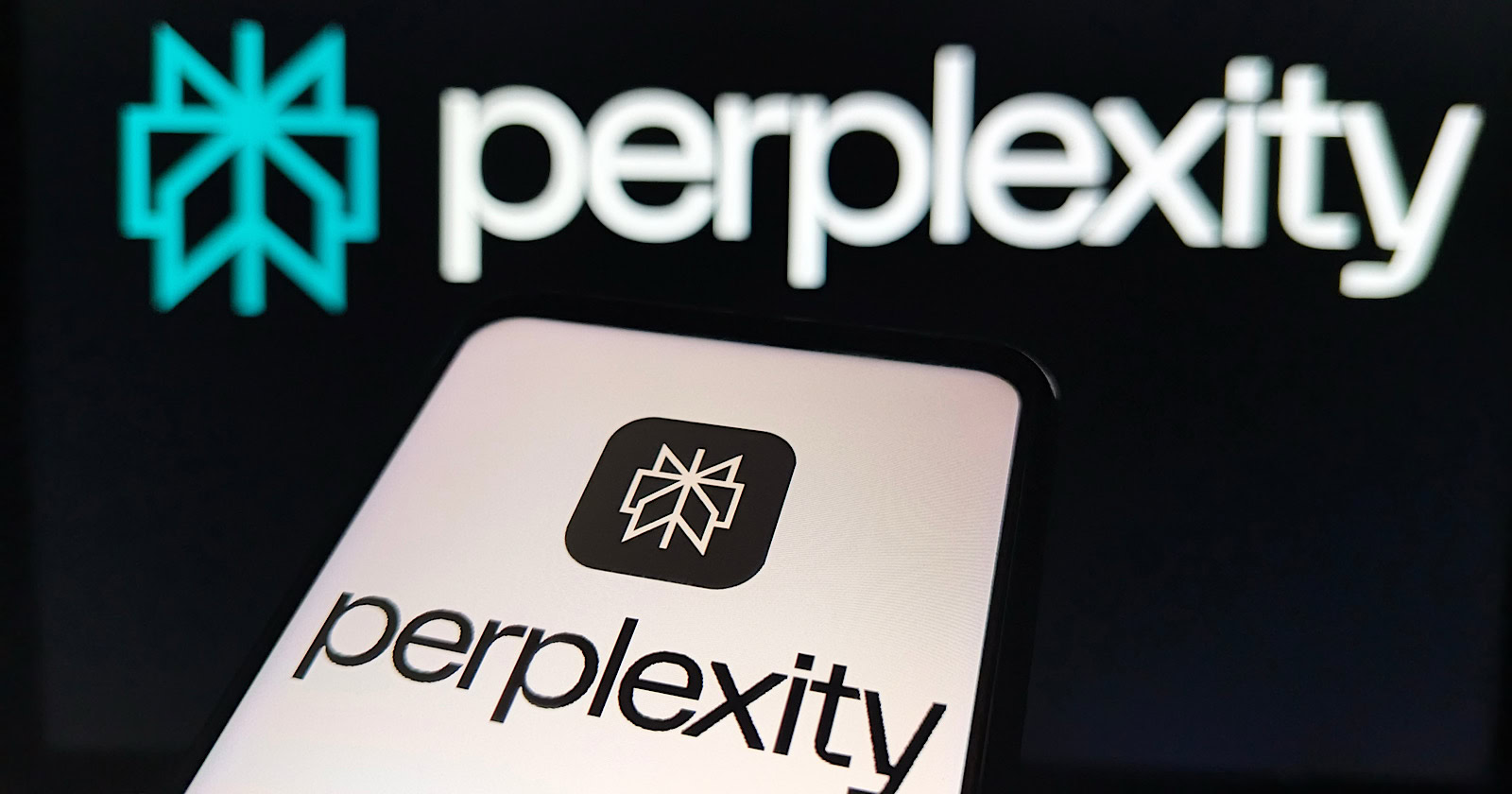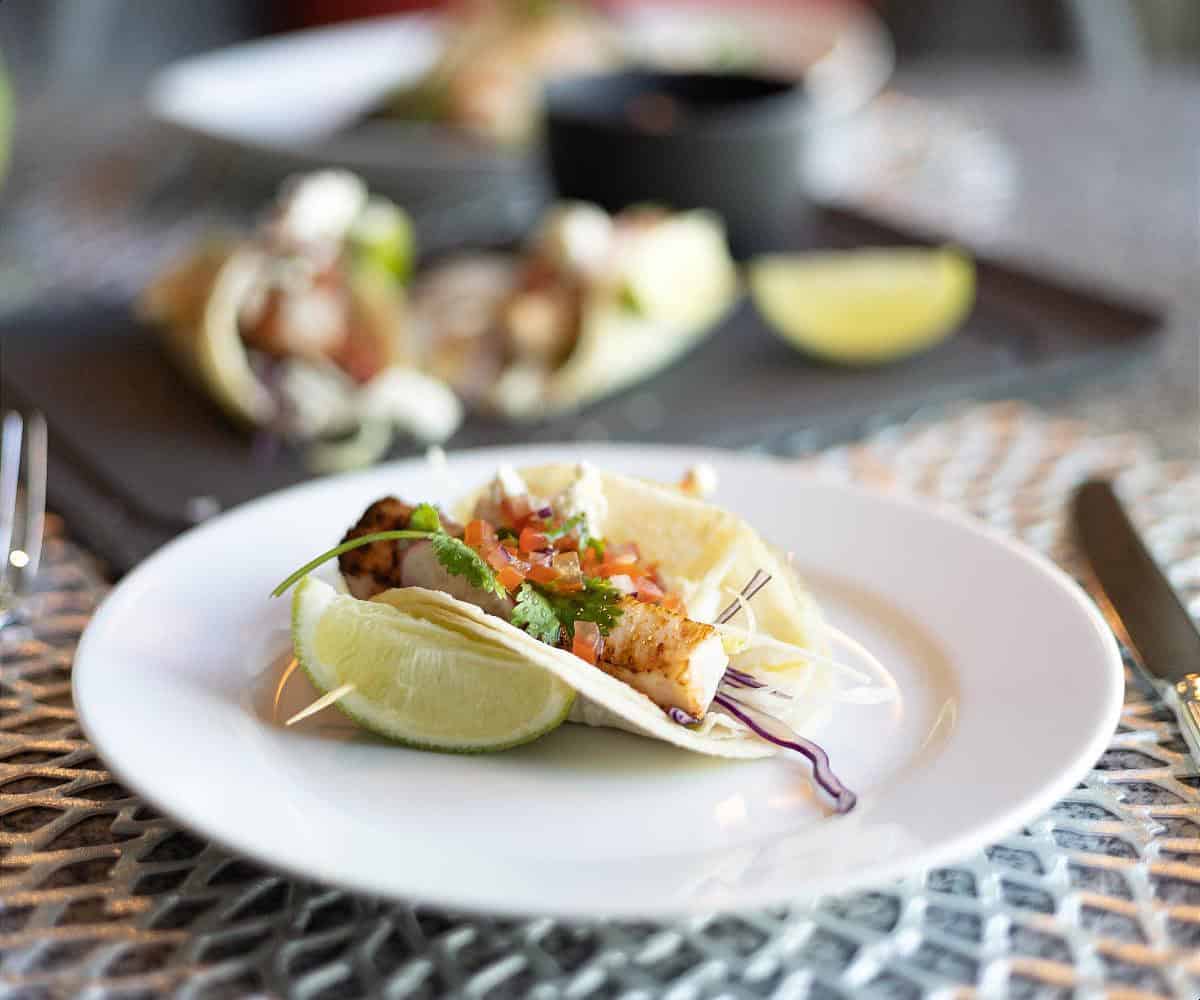J&J raises annual forecast as quarter beats expectations
Drugmaker sees $2.5 billion in 2021 COVID vaccine sales.

Johnson & Johnson raised its annual adjusted earnings and revenue forecast as quarterly sales rebounded strongly from a year ago, when the pandemic stifled non-Covid procedures.
The health-care giant boosted its profit forecast to $9.60 to $9.70 a share, up from as much as $9.57, helped by the performance of its drug and medical-device units and sales of Covid-19 shots. The company also raised its revenue outlook to as much as $94.6 billion from an earlier range that topped out at $91.6 billion.
J&J expects its single-dose Covid vaccine, which uses a different technology from messenger RNA shots developed by Pfizer Inc. and Moderna Inc., to generate $2.5 billion in 2021, with half those sales in the fourth quarter. That’s still a fraction of the revenue that will be generated by its rivals, which are selling more doses and reaping gains from higher price tags.
Chief Financial Officer Joseph Wolk, speaking in an interview with Bloomberg Television, said the company stop selling the vaccine on a not-for-profit basis after the end of the year. It’s too early to project how the vaccine will perform in 2022, he said, as there remains uncertainty about variants and the need for boosters.
“We’ll look to responsibly price, as we do across our entire pharmaceutical portfolio,” he said.
Second-quarter adjusted earnings were $2.48 a share, the drugmaker said, beating analysts’ average estimate of $2.29. Revenue of $23.3 billion also beat Wall Street’s view. Across the board, J&J’s units outperformed last year’s second quarter, when countries around the world went into lockdown.
“All three segments are hitting on all cylinders,” Wolk said in an interview. “I take that as a very strong sight of the health of the company. We’re better positioned today than entering the pandemic.”
Quarterly sales in J&J’s pharma unit rose 17% year-over-year to $12.6 billion, driven by drugs for cancer and immune dysfunction. Cancer drug Darzalex came in at $1.4 billion, up 59% from a year ago, and immune therapy Stelara reported $2.3 billion, an increase of 34%.
The medical-device unit, hit hard amid the pandemic as elective procedures were canceled, climbed 63% to $7 billion -- higher than pre-pandemic sales of $6.5 billion in the second quarter of 2019. Devices for knees and hips performed particularly well, reporting 94% and 74% growth respectively compared with the year-ago quarter.
Meanwhile, J&J’s consumer business jumped 13% to $3.7 billion, as pandemic-spooked consumers focused on preparedness and infection prevention. Wound-care and skin-health products were bright spots. But investors are likely to question how a recent recall of spray sunscreens contaminated with cancer-causing benzene could put a dent in the quarter to come.
Overhang
J&J said the shot brought in $164 million in worldwide sales in the quarter, with more than two-thirds of that coming from international revenue, and $264 million year-to-date. That’s a drop in the bucket compared with mRNA shots, which are expected to be some of the year’s best-selling pharmaceutical products.
J&J’s vaccine still must overcome some hurdles. The U.S. rollout has been thwarted by concerns over links to rare side effects, including thrombosis with thrombocytopenia and Guillain-Barré Syndrome. Still, U.S. health officials say the shot’s benefits outweigh its risks.
The company has also faced production troubles at a facility in Baltimore run by Emergent BioSolutions Inc, leaving output lower than initially expected. Wolk said that production will ramp up toward the end of the year.
Much of that supply is likely to be deployed outside the U.S., particularly in low- and middle-income countries where doses are still desperately needed. Currently, the shot is being offered on a not-for-profit basis of $5 to $8 dollars, Wolk said, and price could fluctuate throughout the year.
J&J is simultaneously defending itself against damage claims involving baby powder, artificial hips, vaginal-mesh devices and opioid painkillers.
The company may soon put some of those liabilities behind it as J&J is expected this week to finally reach a $5 billion agreement with states to resolve its liabilities over its role in the opioid overuse epidemic. Reports have surfaced suggesting the company may place a subsidiary in bankruptcy to settle claims over its talcum-based baby powder.
J&J’s legal strategy hasn’t changed, Wolk said. The company will continue to defend the talc-related suits, he said, “because the science backs the defense.”
—Bloomberg News

 ValVades
ValVades 
































